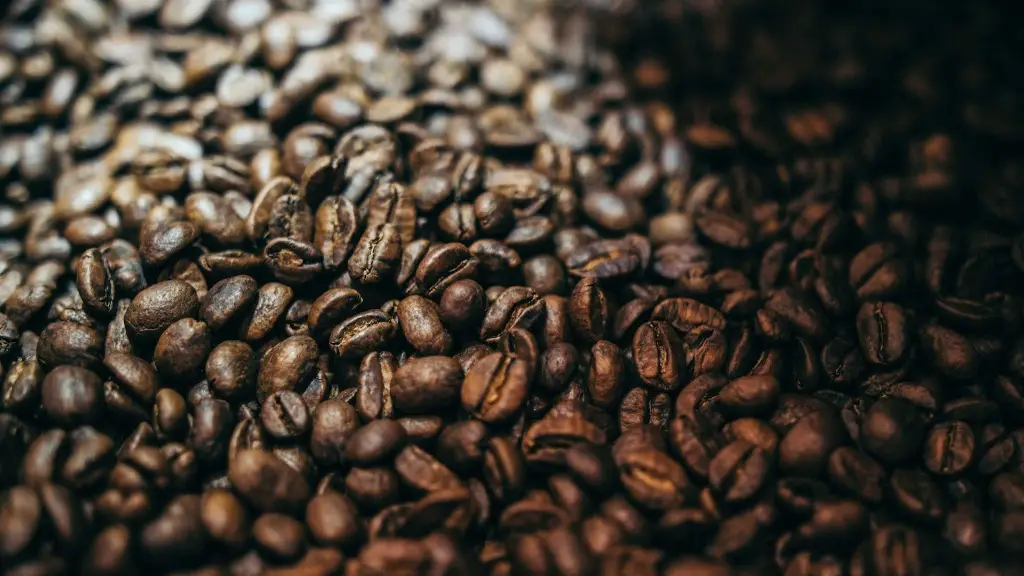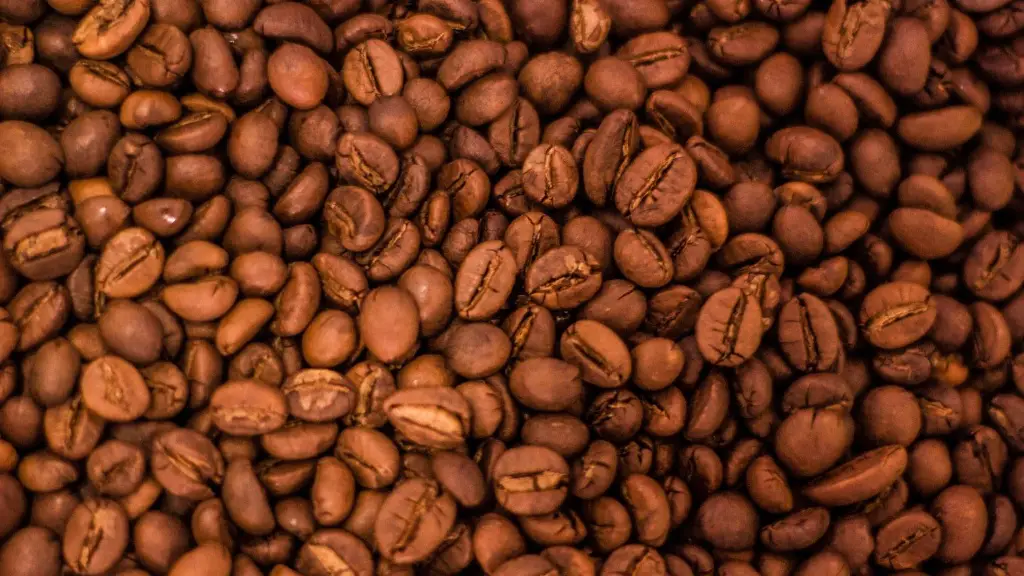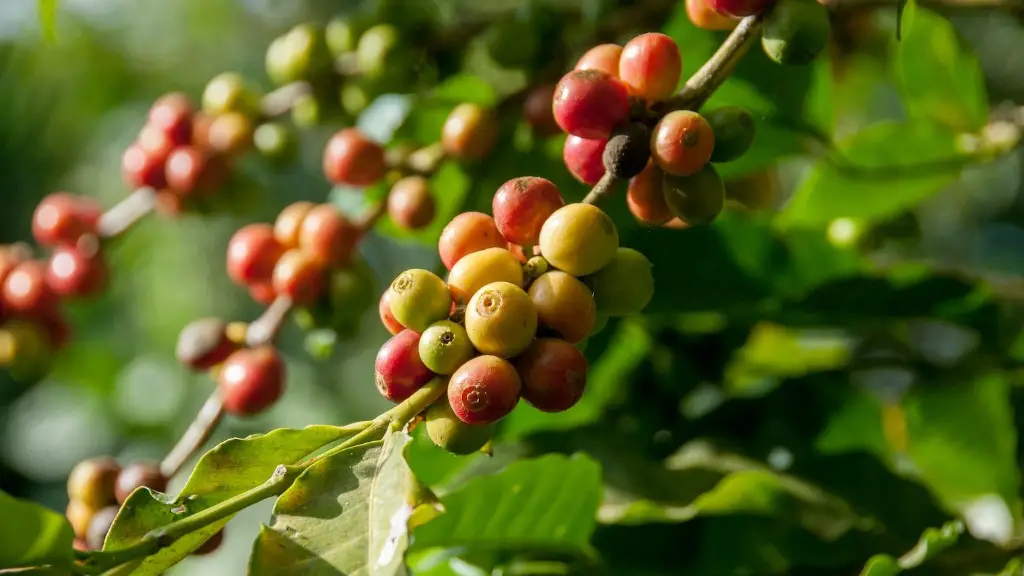Coffee is one of the most popular drinks in the world, and coffee beans are the key ingredient. Producing coffee beans is a complex process that involves many steps, from growing the coffee plant to roasting the beans. In this guide, we will cover all of the essential steps for producing coffee beans, from start to finish.
The coffee beans are the seeds of the coffee plant, and they are typically dark brown or black. To produce coffee beans, the coffee plant is first grown and then the berries are harvested. The coffee berries are then cleaned and the beans are separated from the fruit. The beans are then roasted to produce the coffee that we know and love.
Can you grow your own coffee beans?
If you live in an area with these conditions, you can try growing coffee at home. Coffee plants need full sun and well-drained soil. They can be grown in pots or in the ground. Be sure to water them regularly. With proper care, coffee plants can produce fruit for many years.
Anyone wishing to grow coffee must not only be living in a temperate environment but also be willing to undertake a long-term, labor-intensive commitment to their land and its crops. Coffee is typically grown from seed, and each tree takes on average between 3 to 5 years to bear fruit. The coffee-growing process is thus a significant investment of time and resources, but can be a rewarding one for those who are patient and dedicated.
Can you grow coffee in the US
Although coffee is typically associated with tropical regions, there are a few places in the United States where it can be harvested. One of these is Maui, Hawaii.
The climate in Maui is ideal for coffee cultivation, and the island is home to some of the world’s most renowned coffee plantations. Coffees from Maui are highly sought after by coffee aficionados, and fetch a high price on the market.
If you’re interested in trying coffee from Maui, Hawaii, be prepared to pay a premium. However, it’s worth it for the unique flavor that these coffees offer.
It’s great to see that coffee is being grown on a small scale in the US! It’s a shame that it’s not grown on a larger scale, but hopefully that will change in the future. It’s great to see that there are coffee farms in California, Hawaii, and Texas. I hope that more states will start growing coffee in the future.
How many times a year can you harvest coffee?
Harvesting coffee cherries is a lengthy process that varies depending on the region and altitude. In general, there is only one harvest per year that can last anywhere from 2-3 months. This is due to the fact that cherries ripen at different rates. For example, in countries located North of the Equator, the harvest season typically occurs from September to March. However, in countries located South of the Equator, the harvest season is from April to August. Despite the long and tedious process, harvesting coffee cherries is a crucial step in ensuring a high-quality cup of coffee.
Most coffee beans are harvested by hand, which can be strip picked or selectively picked. The topography of certain regions means machine harvesting is not always possible owing to the steep terrain. However, in some places such as Brazil, where the land is flat, they can be machine harvested.
Are coffee beans hard to grow?
Many people view coffee as an essential daily beverage, and Aguirre’s comments highlight the hard work that goes into producing it. He discusses the challenges nature poses to coffee growers, and how these produce a valuable product. His remarks emphasize the importance of supporting coffee growers to maintain this valuable resource.
There are two main locations in the United States where coffee is grown commercially; Hawaii and Puerto Rico. In Hawaii, coffee is grown on Maui, and in California. These two states produce the majority of coffee grown in the US.
Which U.S. state grows its own coffee
Coffee production in Florida is a relatively new concept, but one that is gaining traction among farmers and scientists. While Hawaii and California are currently the only two US states that grow coffee, Florida has the potential to become a major player in the coffee industry. The warm, humid climate of Florida is ideal for coffee production, and the state’s large agricultural industry makes it a prime location for growing coffee. Researchers are currently working to develop coffee varieties that can thrive in the Florida climate, and if successful, coffee production in Florida could become a major industry in the state.
It’s no secret that the process of harvesting coffee beans is entirely dependent upon human labor. Farmers, their families, and even a few workers will carry a large basket and harvest each bean by hand. Most coffee is grown on five to seven acres of land throughout the world. Any larger and it would require an entire army of workers to pick the beans.
While the process might be tedious, it’s important to remember that the farmers are the backbone of the coffee industry. They work tirelessly to ensure that we have our morning cup of joe. So the next time you take a sip, be sure to give a little thanks to the farmers who make it all possible.
Why does the US not grow coffee?
Climate-wise, most of the United States doesn’t offer favorable growing conditions for coffee.Arabica plants prefer mild temperatures with high humidity, rich soil, rainy and dry seasons, and altitude—usually a more mountainous terrain. The United States generally has a warmer climate, which can cause the coffee plants to produce lower quality beans. Additionally, the soil in the United States is not as rich as in other coffee-growing regions, which can also affect the quality of the beans.
Coffee farmers make a good profit because coffee is a very popular beverage. Coffee is one of the most traded commodities in the world and prices have remained relatively stable over the years. Farmers can expect to make a profit of around $20 per kilogram of coffee beans.
Where is Folgers coffee grown
Folgers coffee is roasted and manufactured in New Orleans, USA, but the beans are sourced from all over the world. The company uses both Arabica and Robusta for their blends, with most of the Arabica sourced from Africa and Indonesia and the Robusta from South and Central America.
The average coffee tree produces 10 pounds of coffee cherry per year, or 2 pounds of green beans. All commercially grown coffee is from a region of the world called the Coffee Belt. The trees grow best in rich soil, with mild temperatures, frequent rain and shaded sun.
How to make coffee from scratch?
To make a perfect cup of coffee, it is important to measure a tablespoon of coffee for each cup of coffee you want to make. Next, you need to grind your coffee on a medium, sand-like grind. Once you have ground your coffee, wet the grounds with a little water and wait for at least 30 seconds (longer if your beans are very fresh). Finally, pour half of the remaining water over a 30-second duration.
Coffee plants tend to live between 30 and 40 years, although some may live for over 80 years. These plants are usually pruned once a year to prevent them from growing too tall; most farmers and harvesters prefer them to be around 5 to 7 feet tall so that they are easier to maintain and harvest every year.
What are the 3 methods of harvesting coffee
Selective harvesting is the most common form of coffee harvesting. It’s done by hand, and the coffee cherries are picked one by one from the branch. This is a very labor-intensive form of harvesting, but it results in a higher quality coffee.
Machine harvesting is done with a large mechanical harvester. The machine goes up and down the rows of coffee trees, shaking the branches and collecting the coffee cherries. This is a much faster way to harvest coffee, but the quality is not as high.
Strip harvesting is a mix of the two previous methods. The coffee cherries are stripped from the branch by hand, and then the branch is run through a machine that removes the rest of the cherries. This is a faster way to harvest coffee than selective harvesting, but it still results in a higher quality coffee than machine harvesting.
The coffee beans that are part of the Starbucks Reserve program have been meticulously cultivated, processed, and hand-selected. Each bean has been chosen for a reason and is part of a program thataims to produce the highest quality coffee possible.
Warp Up
Coffee beans are the seeds of the coffee plant, and they are typically found enclosed in the fruit of the plant. In order to produce coffee beans, the coffee plant needs to be cultivated and the fruit needs to be harvested. Once the fruit has been harvested, the coffee beans can be extracted and roasted.
There are many ways to produce coffee beans, but the most common method is to allow the coffee cherries to ripen on the tree, then pick them and remove the outer pulp. The coffee beans are then dried, sometimes with the help of the sun, and then roasted. The roasted coffee beans are then ground and brewed to create coffee.





